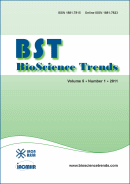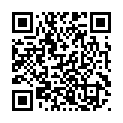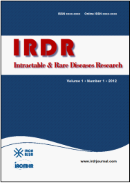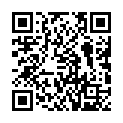Drug Discov Ther. 2011;5(6):286-292. (DOI: 10.5582/ddt.2011.v5.6.286)
A new cell-based reporter system for sensitive screening of nuclear export inhibitors.
Abkallo HM, Kawano H, Watanabe K, Kobayashi N
Nucleocytoplasmic transport of proteins across the nuclear pore complex (NPC), mediated by the nuclear localization signal (NLS) and the nuclear export signal (NES), is a vital homeostatic process in eukaryotic cells and also in mitogen-activated protein kinase (MEK) signaling molecule in tumor cell proliferation. Some viruses, including the influenza virus and HIV-1, also employ this nuclear export mechanism during their life cycle. Hence, drugs that control nucleocytoplasmic transport of proteins are putative candidate antivirals or anti-cancer agents. Thus, we previously developed a GFP/NES-MDCK reporter cell system for screening novel nuclear export inhibitors. NES signal-conjugated GFP accumulates in the nucleus in the presence of the nuclear export inhibitor leptomycin B (LMB). In this study, a stable GFP/NLS/NES fusion protein-expressing cell line was established, and its potential as a reporter was evaluated. The GFP/NLS/NES-MDCK cell line demonstrates improved nuclear accumulation of GFP in a time-course treatment with LMB. In addition, the dose-response data demonstrated superior sensitivity of GFP/NLS/NES-MDCK over GFP/NES-MDCK cells. As low as 0.01 ng/mL LMB is sufficient to cause accumulation of the GFP fusion protein in the nucleus in GFP/NLS/NES-MDCK cells, while at least 1 ng/mL of LMB is needed for the accumulation of GFP fusion protein in the nucleus of GFP/NES-MDCK cells. These results indicate that the newly established GFP/NLS/NES-MDCK cell line is a potentially powerful tool to screen for novel nuclear export inhibitors.







